Video Analytics in Retail Store
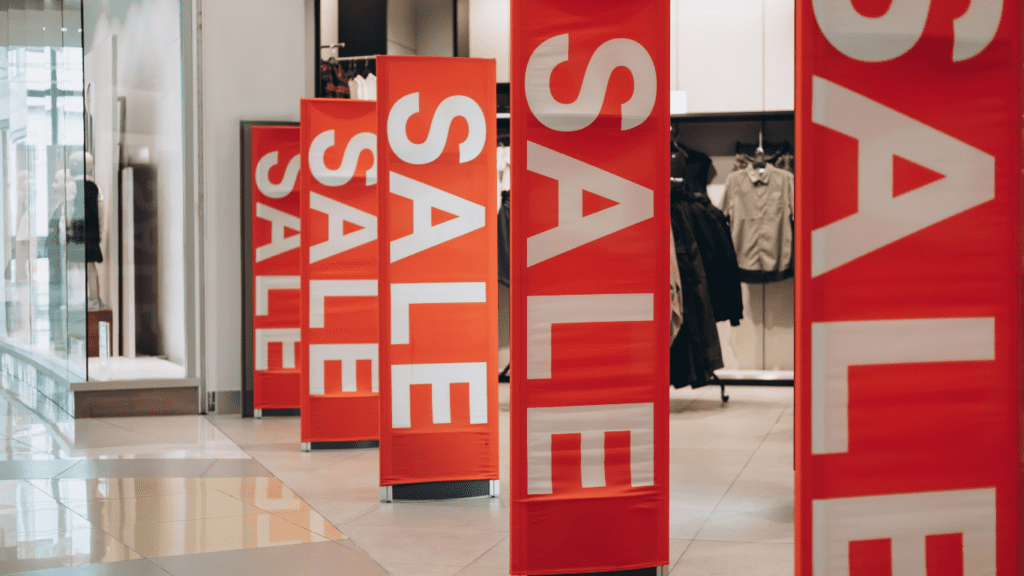
Enhancing Customer Experiences and Operations:
Video analytics has emerged as a powerful technology in the retail industry, enabling store owners to gather valuable insights from video data to optimize operations, enhance customer experiences, and improve security measures. In this article, we will explore the importance of video analytics in retail, its benefits, applications, techniques, implementation challenges, future trends, and the overall impact on the retail industry.
Importance of Video Analytics in Retail
Video analytics plays a crucial role in the retail industry for various reasons. Firstly, it provides retailers with valuable data and insights about customer behavior. By analyzing video footage, retailers can understand customer preferences, buying patterns, and demographics, enabling them to make data-driven decisions in areas such as product placement, store layout, and marketing strategies.
Secondly, video analytics enhances security and loss prevention in retail stores. It helps identify and prevent theft, monitor suspicious activities, and ensure a safe shopping environment for both customers and employees. Video analytics can also aid in detecting incidents such as slip and fall accidents, allowing for timely intervention and assistance
Benefits of Video Analytics
Implementing video analytics in retail stores offers several benefits. Firstly, it improves operational efficiency. By analyzing video data, retailers can identify bottlenecks in store layouts, optimize staffing levels, and streamline processes such as inventory management and checkout procedures. This leads to reduced wait times, improved productivity, and better resource allocation.
Secondly, video analytics enhances customer experiences. Retailers can analyze customer traffic patterns, identify popular product areas, and optimize product placement to create a seamless and personalized shopping experience. Furthermore, video analytics can enable real-time monitoring of queues, allowing store employees to respond quickly to long wait times and provide better customer service.
Additionally, video analytics helps in loss prevention by identifying suspicious behavior, detecting theft incidents, and enabling proactive measures to minimize shrinkage. It acts as a deterrent and provides evidence for investigations, ultimately reducing financial losses for retailers.
Applications of Video Analytics in Retail
- People Counting: Retailers can analyze video data to track footfall, measure customer traffic, and understand peak hours. This information helps in resource planning, optimizing staff allocation, and scheduling.
- Heatmap Analysis: By analyzing customer movement patterns, retailers can generate heatmaps to identify high-traffic areas within the store. This knowledge helps optimize product placement, improve store layout, and enhance the overall shopping experience.
- Queue Management: Video analytics can monitor queues in real-time, enabling retailers to take proactive measures to reduce wait times and enhance customer satisfaction. Automated queue management systems can alert store employees when queues exceed predetermined thresholds.
- Loss Prevention: Video analytics plays a crucial role in identifying suspicious activities, detecting theft incidents, and reducing inventory shrinkage. Retailers can set up real-time alerts for abnormal behavior, ensuring timely intervention and prevention.
- Customer Behavior Analysis: By analyzing video data, retailers can gain insights into customer behavior, such as dwell time, browsing patterns, and product interaction. This information helps in understanding customer preferences and tailoring marketing strategies accordingly.
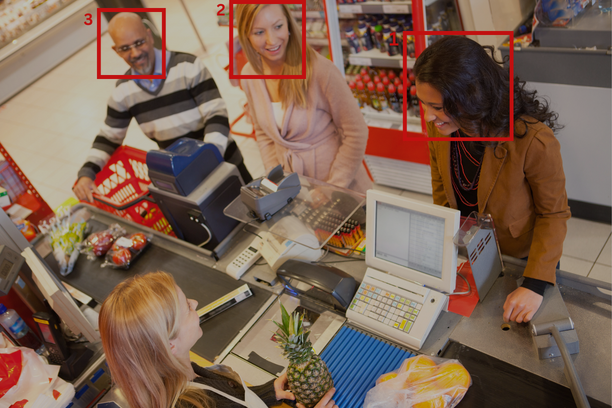

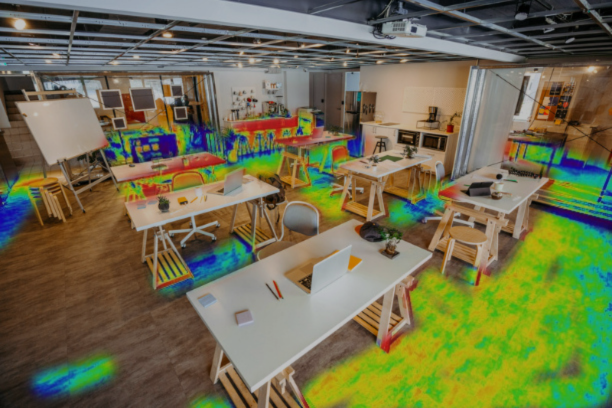

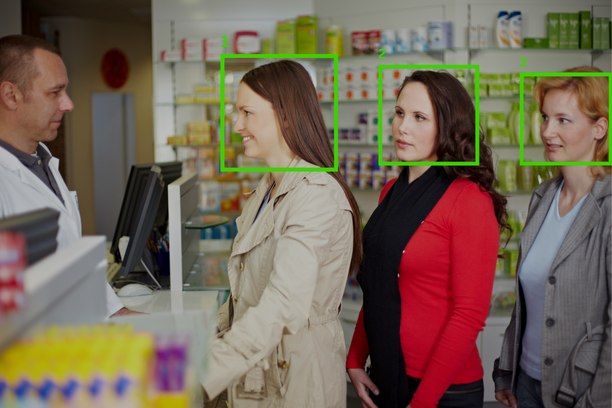

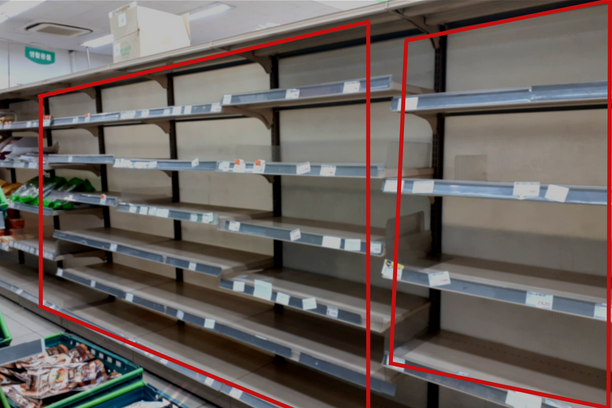

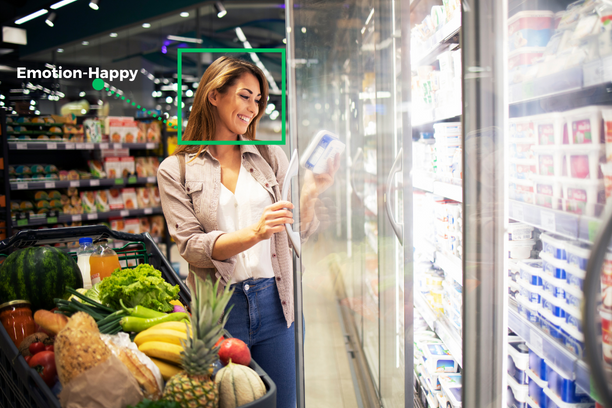

Video Analytics Techniques
Video analytics relies on various techniques to extract meaningful information from video data. Some commonly used techniques include:
- Object Detection and Tracking: This technique involves identifying and tracking objects of interest, such as customers, products, or specific behaviors, within the video footage.
- Facial Recognition: Facial recognition technology allows retailers to identify individuals and analyze their emotions, age range, gender, and repeat visits. This information helps in personalization and targeted marketing efforts.
- Anomaly Detection: Anomaly detection techniques help identify unusual or suspicious behavior within the video data. It can assist in detecting theft, vandalism, or other security-related incidents.
- Pattern Recognition: Pattern recognition algorithms analyze customer movement patterns, identifying trends, and predicting future behavior. This information is valuable for optimizing store layouts, product placements, and marketing strategies.
Challenges in Implementing Video Analytics
Implementing video analytics in retail stores does come with its challenges. Some common challenges include:
- Privacy Concerns: Video analytics involves the collection and analysis of customer data, raising privacy concerns. Retailers must ensure compliance with data protection regulations and communicate transparently with customers about data usage.
- Data Storage and Processing: Video data can be voluminous and requires efficient storage and processing systems. Retailers need to invest in robust infrastructure to handle large-scale video analytics effectively.
- Complex Implementation: Setting up a video analytics system requires expertise in camera placement, configuration, and calibration. Integrating video analytics with existing systems and workflows can be complex and time-consuming.
- Accuracy and False Alarms: Achieving accurate object detection and minimizing false alarms can be a challenge. Video analytics systems must be trained and fine-tuned to achieve reliable results.
Future Trends in Video Analytics for Retail
The future of video analytics in the retail industry looks promising. Some emerging trends include:
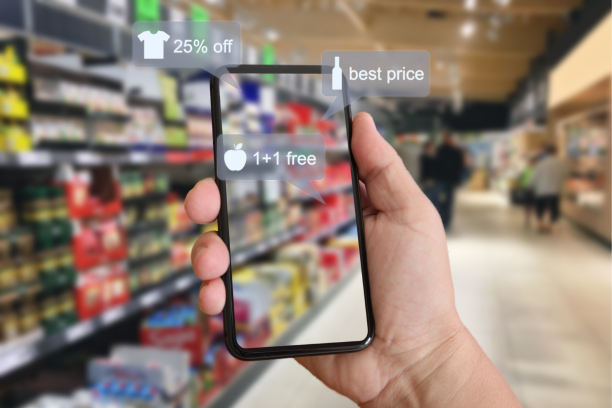

- AI and Machine Learning: The integration of AI and machine learning algorithms will enhance the capabilities of video analytics systems, enabling more accurate object detection, behavioral analysis, and predictive analytics.
- Real-time Insights: Video analytics systems will provide real-time insights, allowing retailers to respond swiftly to changing customer behaviors, optimize store operations, and address security incidents promptly.
- Integration with Other Technologies: Video analytics will be integrated with other retail technologies such as point-of-sale systems, inventory management, and customer relationship management platforms to provide a holistic view of the retail environment.
Conclusion
Video analytics has revolutionized the retail industry by providing valuable insights into customer behavior, enhancing security measures, and optimizing store operations. By leveraging video data, retailers can improve customer experiences, reduce losses, and make data-driven decisions. However, implementing video analytics comes with challenges that need to be addressed, such as privacy concerns and technical complexities. The future of video analytics in retail looks promising, with advancements in AI, real-time insights, and integration with other technologies shaping the industry’s landscape.
